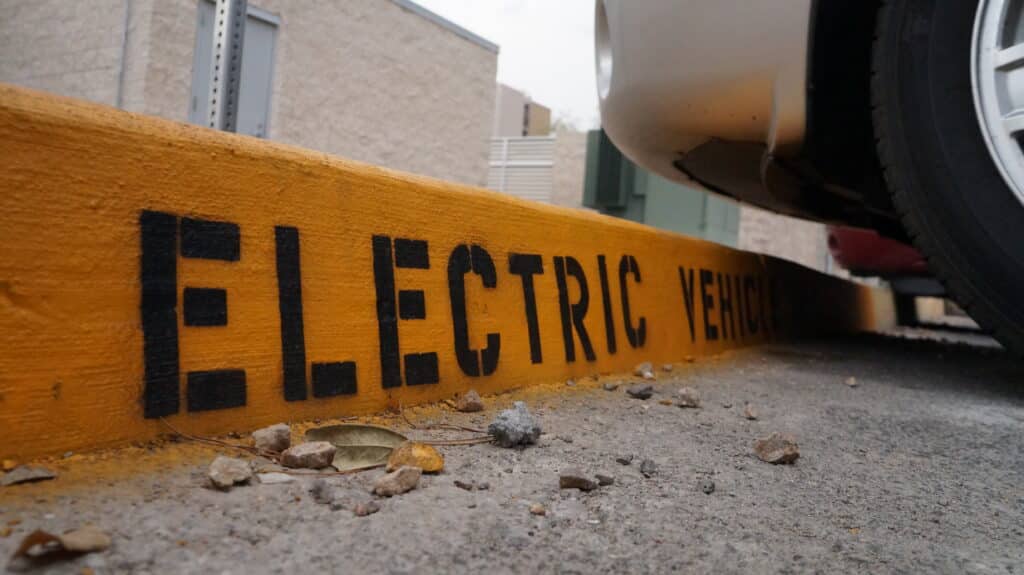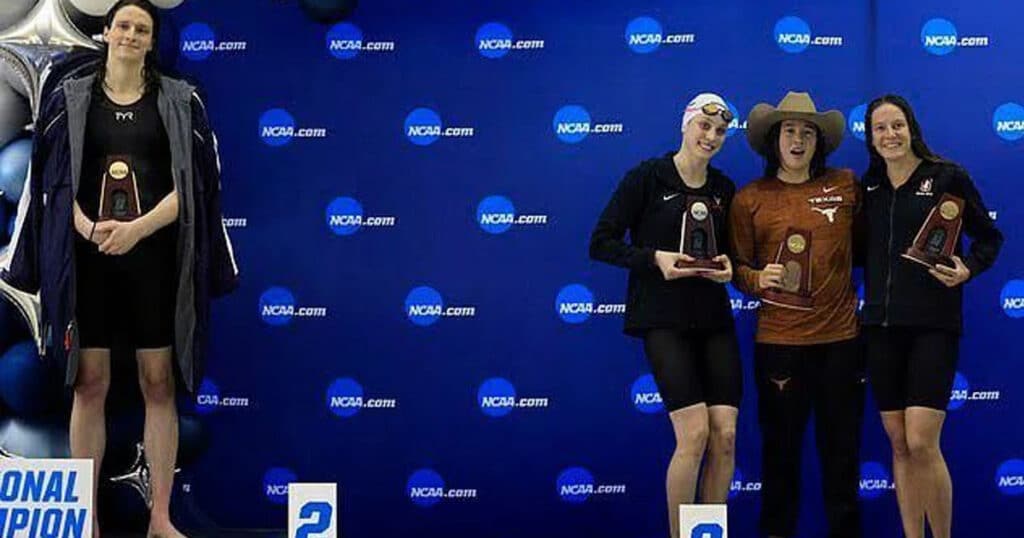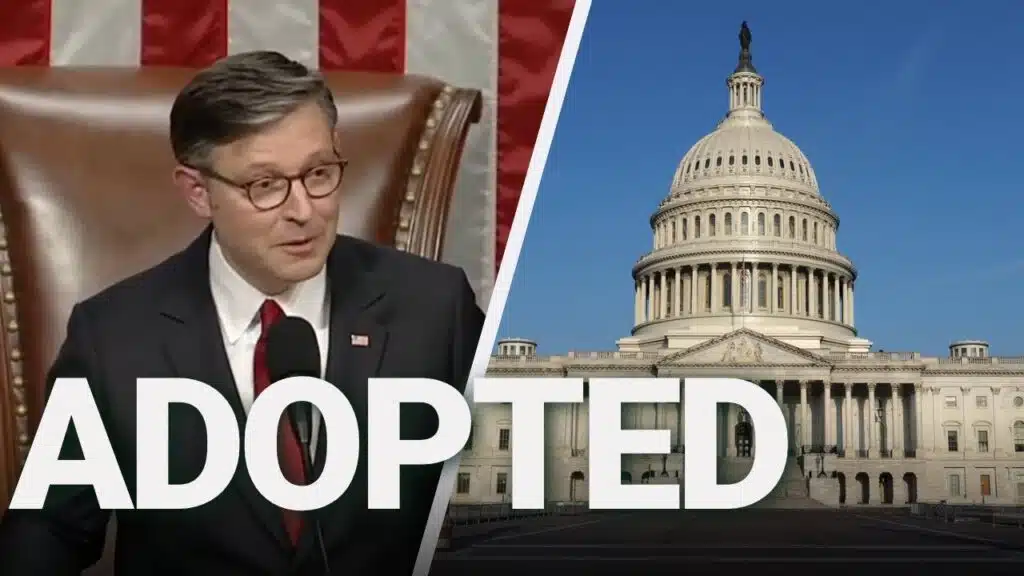
Feds Unsure How Long Energy Grid Can Sustain EVs
Members of the Environmental Protection Agency (EPA) apparently don’t agree with the Department of Energy (DOE) on whether America’s energy grid can power more electric vehicles (EVs) without malfunctioning.
This revelation emerged during last week’s House Energy Committee hearing.
Joseph Goffman, the EPA’s principal deputy assistant administrator for the Office of Air and Radiation, testified at the hearing.
U.S. Rep. Bob Latta (R-OH-05) reiterated one fact to Goffman. California wants to impose an all-EV fleet on the rest of the country. The two debated what the energy grid will need in 2030 and then 2050.
RELATED: How a Second Donald Trump Term Will Handle EVs
“The US Energy Information Administration (EIA) has stated that the United States would need to generate at least 50 percent more electricity,” Latta said.
“The EIA says we will have to have 50 percent more energy generation by that point in time. But when I talk to the electric co-op associations, they are saying that the amount is over 50 percent.”
The EIA operates under the U.S. Department of Energy.
“How much does the EPA look at this on generation alone? Do you look at the statistics out there that we could have brownouts and blackouts across the country?” Latta went on to say.
“Last September, the governor of California said he wanted to go to this EV mandate. That following weekend they had a heatwave where they were supposed to turn up their air conditioners and not plug in their cars. How much does the EPA look at on the energy production in this country that we have to have just to meet the requirements of having an EV fleet?”
Goffman said his agency analyzed a net increase of demand for electricity. By 2030 the standards would increase by four-tenths of a percent and then go up to 4 percent in 2050.
“Do you mean 4 percent more energy?” Latta asked.
“How [then] does EIA come up with 50 percent?”
Goffman said he knew nothing of the EIA’s analysis.
Last year, the California Air Resources Board (CARB) placed stringent new requirements on automakers. They would ban the sale of new internal combustion engine (ICE) cars and light trucks by 2035. This, in favor of so-called “zero-emission vehicles” (ZEV), like plug-in hybrid, full battery-electric, and hydrogen fuel cell vehicles.
IN THE NEWS: The Media’s Gun Control Expert is a Cuckoo Bird
To accomplish this, California would need a waiver from the EPA’s Clean Air Act preemption provisions. CARB members say this would force 17 other states to follow their state’s standards. This would constitute 40 percent of the entire nation’s new car sales.
Latta currently sponsors the Preserving Choice in Vehicle Purchases Act. The bill would restrict the EPA from issuing any waiver for new regulations that ban new motor vehicles with internal combustion engines.
Send story tips and other story suggestions to [email protected]



